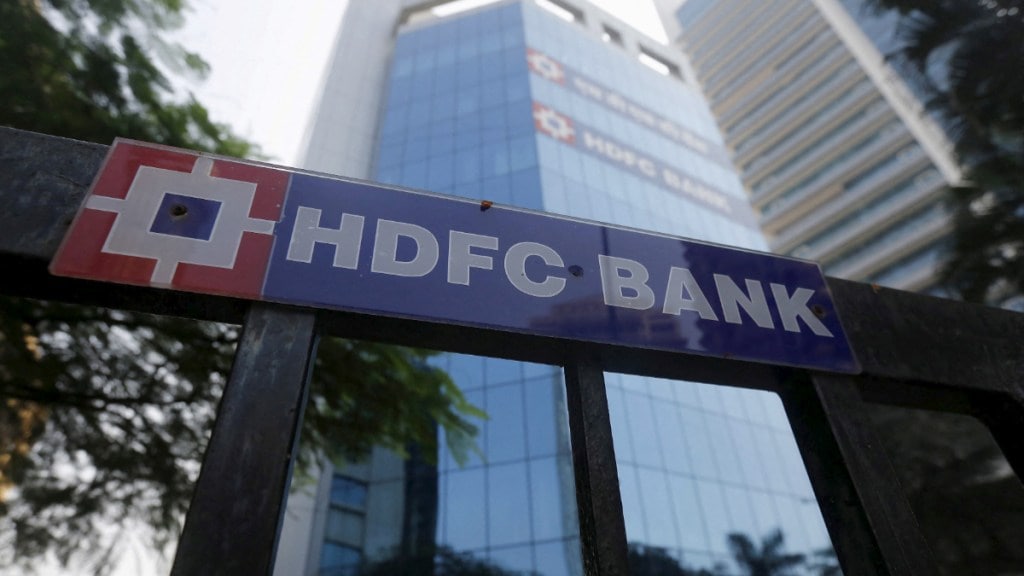It was a rainy Tuesday afternoon, and Ramon House, the sprawling headquarters of Housing Development Finance Corporation (HDFC) at Mumbai’s Churchgate, was full of activity. While the setting was run-of-the mill, with chairman Deepak Parekh and his top management team having a chat with media persons, the occasion was anything but that. After all, HDFC was launching the HT Parekh Legacy Centre, a museum that gives glimpses of the making of India’s first housing finance company and the man who started it all.
The timing was perfect – just days ahead of HDFC’s merger with HDFC Bank, and it was HDFC’s way of preserving the memory of an institution that helped millions of Indians own a home.
The journey of HDFC began nearly five decades ago, when then 66-year-old Hasmukhlal Thakordas Parekh, or HT Parekh, decided to turn his dream of lending home loans to middle-class households into a reality. Prior to this, Parekh had been the chairman of ICICI and also served on its board.
“At an age when most people hang up their boots, my uncle’s long-standing dream of starting HDFC finally took shape. I was then transferred by Chase Manhattan Bank to Saudi Arabia. HT Parekh asked me to consider the option of joining HDFC. I took up the challenge even though it meant a 50% pay cut,” says Parekh, who himself is now on the cusp of retirement.
While many were skeptical of HT Parekh’s idea, his relationships with bankers and industrialists helped him raise Rs 10 crore to start the business. Of this, his personal contribution was Rs 10,000. Following this, the first building blocks of HDFC were put in place, and the likes of Pradeep Shah, TN Nagendra and Deepak Parekh were handpicked to operationalise the business plan. ‘Hasmukh Kaka,’ as Parekh fondly remembers, also appointed the company’s first board members, which included Keshub Mahindra, Jagdish Saxena and Shirish Patel.
In the initial years, the biggest challenge was not about finding lending opportunities but raising resources. In the absence of securitisation and reconstruction of financial assets norms, bank and institutions were reluctant to lend money to the housing finance company as they were skeptical of its ability to recover loans. So, the challenge was to raise money and manage crowds who waited for hours because they wanted loans.
“Once the initial capital of Rs 10 crore was exhausted, we were desperate to raise funds to support our disbursements”, recalls managing director Renu Sud Karnad. HDFC had its first real breakthrough when the International Finance Corporation agreed to provide a $4-million loan. “This was our costliest borrowing ever as the loan was unhedged in the absence of any robust instrument for hedging”, she said.
The company’s defining moment came when it gave its first loan to one DB Remedios for a property he bought at Malad in Mumbai. Incidentally, it was also the first home loan disbursed in India. In 1978, Remedios took Rs 30,000 loan at a fixed interest rate of 11.42%. The value of the property was Rs 70,000.
“The defining moment was when we gave the first loan. We all got so excited, we took his photograph, we took his house photograph, we called his wife to our office, we put him on the cover of our first annual report,” Parekh said.
Another defining moment would come in 1994, when the Reserve Bank of India (RBI) permitted the company to establish a private sector bank. Soon, HDFC Bank would become the second-largest lender in India with an asset base of Rs 18 trillion.
Over the years, HDFC has seen a change in its customer profile: the average age of borrowers has now reduced to 38 years from 43 during initial years. Ticket sizes have also changed significantly.
“In FY2011, the average size of individual home loan stood at Rs 18.6 lakh. As on March 2023, it was Rs 36.2 lakh. This is mainly due to the increased income capacity of the borrowers and the rising preference to buy bigger homes,” Karnad said. “Further, there has been immense support by the government towards housing, which has helped improve affordability and enhance fiscal benefits.”
While HDFC set up the building blocks for the housing finance industry to take shape in India, competition has stiffened in recent years. Here, the company has relied on its strength of providing value-added services delivered through a team of trained and experienced professionals.
As of March 31, HDFC’s assets under management stood at Rs 7.2 trillion. And the future of home loans is bright. Vice-chairman and CEO Keki Mistry noted that while HDFC Bank has around 70 million customers, a mere 2% of them have availed of housing loans from HDFC and 5% have availed loans from other lenders. So, he believes that the opportunity to cross-sell mortgage loans to customers of HDFC Bank is significant.
Currently, HDFC has around 4,000 employees. Around 90% of the staff will be absorbed into the bank once the merger takes effect. Among senior management, both Mistry and Karnad will serve on the board of HDFC Bank in non-executive positions. Parekh, on the other hand, will retire.
In addition to expertise, the senior management of HDFC is hopeful that the company’s customer-centric culture would also be transferred to the bank. “When you buy a house, it is the biggest acquisition/cost/investment by a family. It is such a complex subject that our frontline staff has to spend much more time with a customer,” Parekh said.
Ramon House may see its last board meeting today (Friday) to formally approve of the merger with HDFC Bank, but the wisdom should stay on in the mega merged entity that is expected to be born on Saturday.

